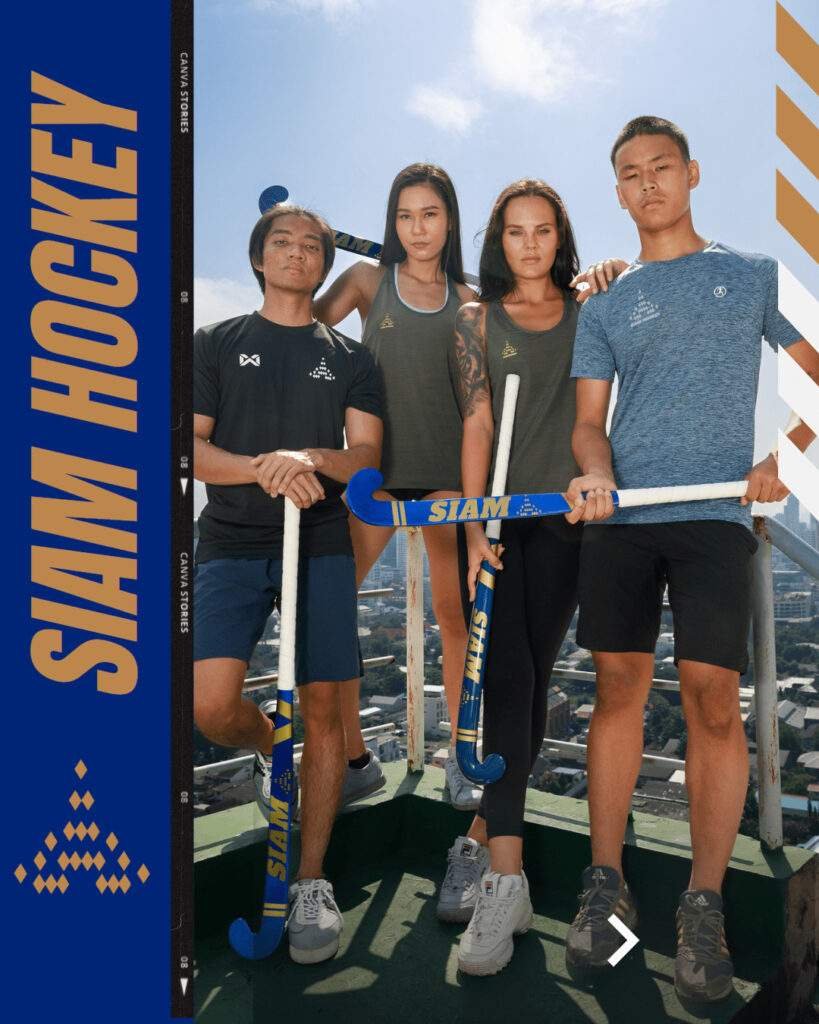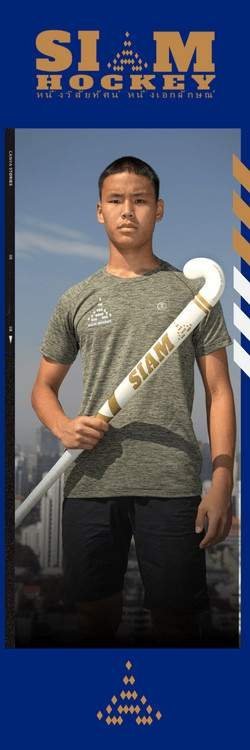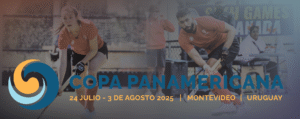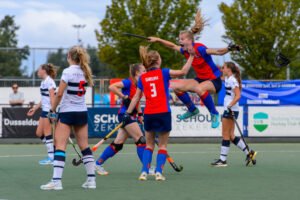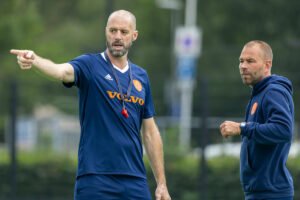When Zoë Groenewoud left for Norway four years ago to continue her studies, she could not have imagined ever winning an international gold medal in indoor field hockey. The 25-year-old Groenewoud captured that gold with Sagene IF at the EuroHockey Indoor Club Challenge II, the fourth European club level in indoor. With that achievement, the club – and thus Groenewoud – wrote Norwegian field hockey history.
‘After the medal ceremony, we all felt a great need to shower. We had played three games on finals day. Then we all went to a bar. It was already quite late. Everyone went for a beer. I drank a Fanta and went to bed. I felt my body had run out.
In the Netherlands, before leaving for Norway, Groenewoud played at Athena in Amsterdam, including in Jong Dames 1. “I never played at an extremely high level, but I always loved the sport. When she moves to Trondheim in 2021 to pursue a master’s degree in marine biology, her field hockey career seems to have come to an end. ‘In Norway there are so many other sports, let me try something different, I thought. I didn’t even know they played hockey in Norway.’
That changed when a friend pointed her to the local club Trondheim Landhockeyklubb. Out of curiosity, Groenewoud trains with them once. ‘I expected the level to be low, but to my surprise, actually everyone had a field hockey past. The level was quite high and they were very nice people.
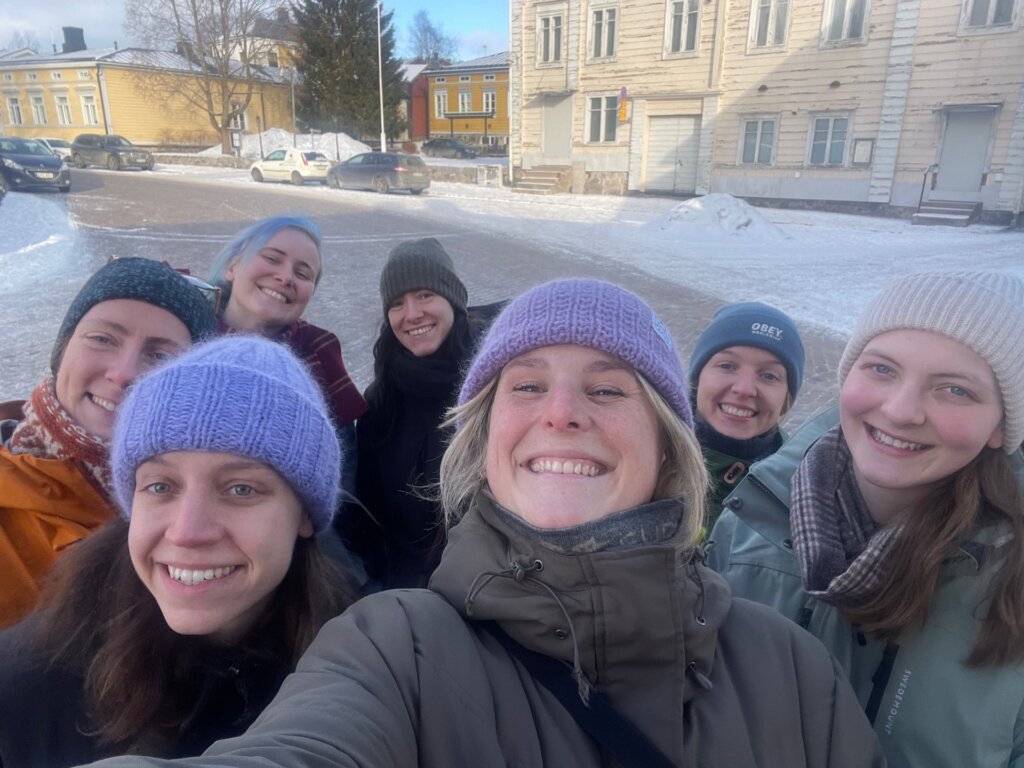
Zoë Groenewoud with her teammates from Sagene IF in Porvoo, Finland. Photo: private collection Zoë Groenewoud
A field hockey star again
For a year now, Groenewoud has been an active field hockey star again in a country where field hockey plays a very modest role. In the Norwegian sports world, traditional winter sports, handball and soccer predominate. The number of registered field hockey players does not reach one thousand. Oslo has three clubs. Bergen and Trondheim have one each. “In Trondheim we don’t have enough players for a women’s team on the field, so we always play mixed.
From October to mid-April, indoor hockey is played in Norway. This is followed by a short field season. ‘For matches we always go to Oslo. There are also water fields there. I’m not necessarily a fan of flying everywhere, but by car it’s about a 7.5-hour drive.’
Groenewoud likes the long indoor season because – in her own words – she loves indoor field hockey. When asked if she would be interested in embarking on a European indoor adventure, Groenewoud readily agreed. “I enjoyed participating without realizing at the time what it all meant now.
The 25-year-old midfielder appears to be part of a historic moment: never before has a women’s team from Norway participated in a European club tournament. ‘Always the story was: we don’t have enough players, too little time and lack of money. This year there were enough good players and the thought was: if we start planning in time then maybe we can participate.’
With Sagene IF into Europe
That works out. The Norwegian federation enrolled Sagene IF from Oslo for the EuroHockey Indoor Club Challenge II in Porvoo, Finland, just under an hour from capital Helsinki.
To make the best possible impression on the European stage, the team is made up of players from Sagene IF, as well as from Bergen Landhockeyklubb and Trondheim Landhockeyklubb. ‘I think I have never played with half of the players,’ Groenewoud says.
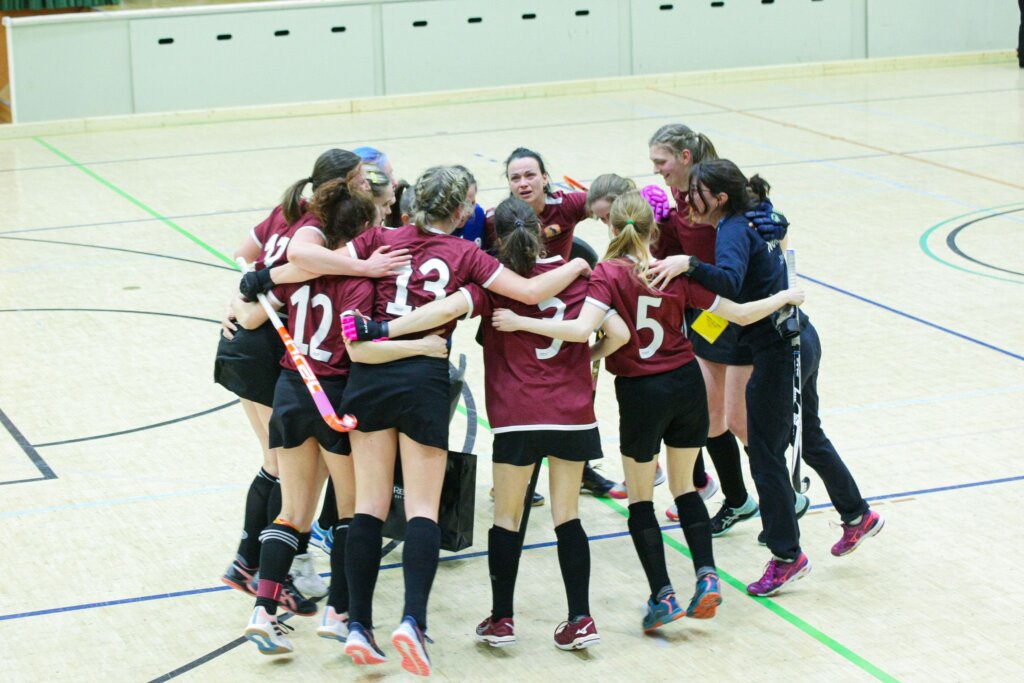
Norway’s Sagene IF ladies win gold at the EuroHockey Indoor Club Challenge II. Photo: Ville Järvinen/@foto_ville (IG)
With a team largely made up of players who barely know each other, the selection leaves for Finland. English is the working language in the team. ‘We had no secret language. If our Hungarian or Finnish opponents shouted something on the field, we had no idea. Because we did everything in English, eavesdropping was a little easier for them.’
Sagene IF is a mixed company with players from Norway, Lithuania, New Zealand, Germany, Poland and so the Netherlands. Besides Groenewoud, another Dutch player is part of the team: Nienke Visser.
Groenewoud has never seen or spoken to Visser, who lives and works in Oslo. ‘Of course, it is very nice to speak Dutch now and then. But, I also caught myself many times that after ten minutes we were still talking to each other in English.’
Training together prior to the tournament is difficult because of the long distances between cities. ‘At the times when we were in the same place, we trained with each other. That’s how we played together as a team during the Winter Cup. But playing together we only really learned in Finland.’
What uniform?
In Porvoo, the team does not play in Sagene IF’s jersey, but in Trondheim’s home shirt and Bergen’s away shirt. ‘I think Sagene’s striped shirt was not allowed. Bergen’s shirts were oversized. From the men’s XL shirts. That was kind of funny.
In addition to Sagene IF, the field of participants includes Finland’s home club Porvoo HC and Hungary’s BKGDSE-Fasor. The teams play each other twice. After the final standings are drawn up, the numbers one and two meet in the final.
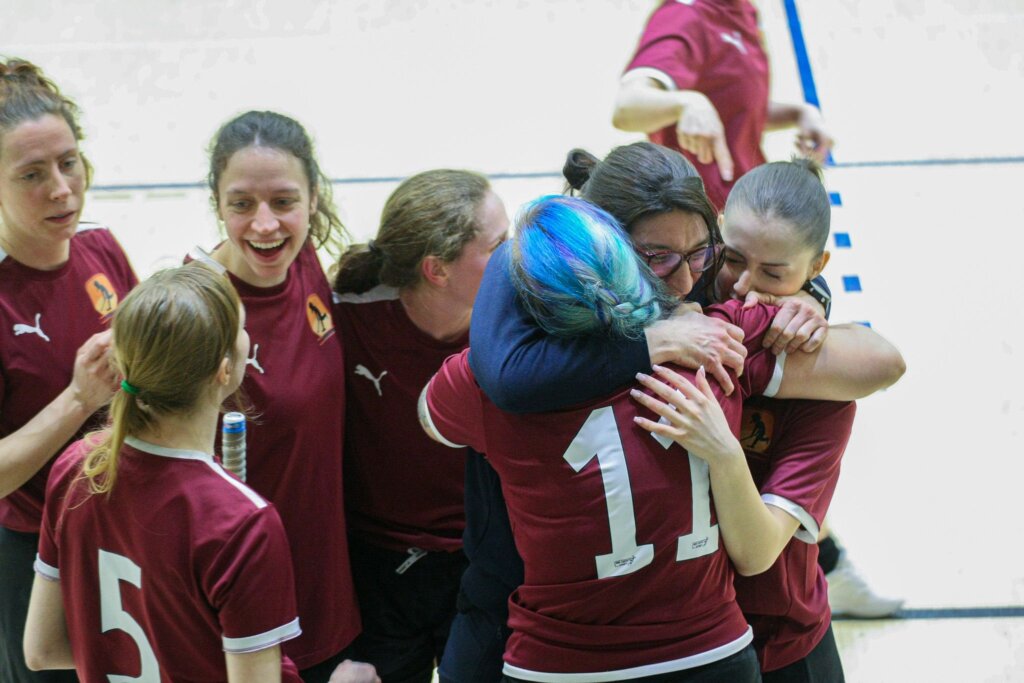
The ladies of Sagene IF from Norway win gold at the EuroHockey Indoor Club Challenge II. Photo: Ville Järvinen/@foto_ville (IG)
Despite poor preparation, Sagene IF reached the final after winning all their matches. ‘I was more nervous before the first match than before the final. The only thing I was thinking in the last match before the final: don’t get injured.’
The final against Fasor is nerve-wracking. Sagene IF wins 4-2, but at the score of 3-1, the team’s absolute star player Gabrielė Jakunčikovaitė – the former Lithuanian youth international scored 20 goals, including three in the final – is sent off the field with red.
‘She was whistled off for playing in the block and said something to the referee. At that same moment, she put her hand in front of her mouth because she realized what she had said. It blurted out before she knew it.’
The consequence was that the team spent the remaining time – nearly 15 minutes – with one less player between the bars. ‘Of those last fifteen minutes, I can hardly remember anything. Our coach hardly changed anymore, so I spent the rest of the game on the field. It was tough, but it was also the last game. So you can give everything.
Realization
Groenewoud: “We often threw the last balls to the other side. After the final whistle, we all came up from the block and looked at each other. I think we were all like, Huh. Wow. It was so unexpected. The realization is slowly getting to me.’
It may be too early to say what Sagene IF’s historic success means for women’s field hockey in Norway, but at least the European Championship gold has sparked media interest.
‘Several local newspapers have already contacted us. That’s super nice. It’s a good start for more promotion for the sport here in Norway. We can show what we have achieved this way. It would be nice if we can form at least two women’s teams in Trondheim for the field.
Next year, Groenewoud hopes to be there again. Then in a higher division. ‘I would really love that. Hopefully we can compete again with a group of nice and good players.’
For Groenewoud, the tournament is not only a sporting triumph, but also a rediscovery of her passion. ‘When I started playing field hockey again, I immediately felt how much I had missed this. It’s also really nice to play a sport you’re good at instead of trying different sports all the time.’
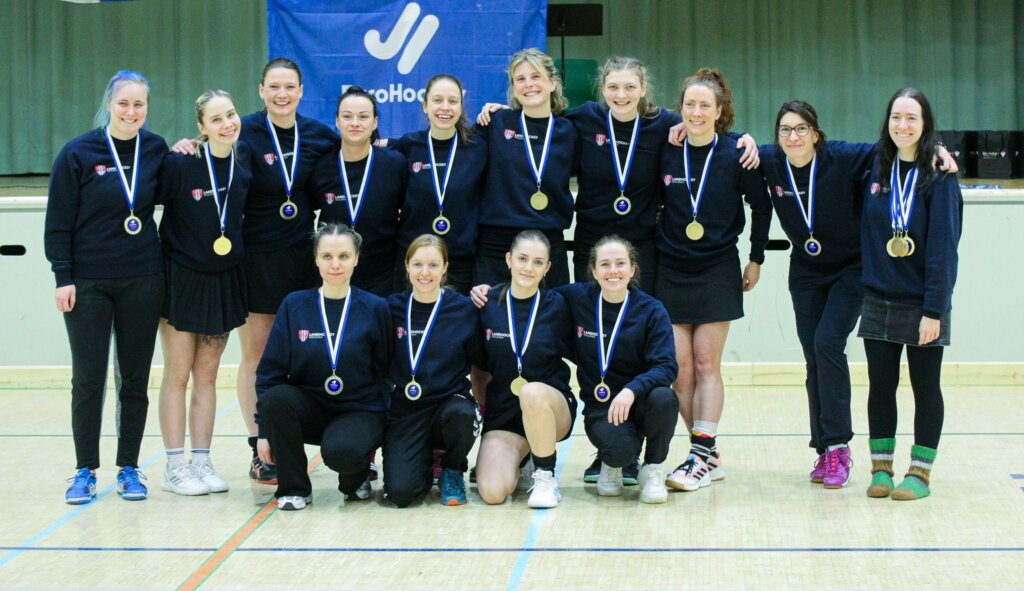
The ladies of Sagene IF from Norway win gold at the EuroHockey Indoor Club Challenge II. Photo: Ville Järvinen/@foto_ville (IG)
by Hockey.nl

